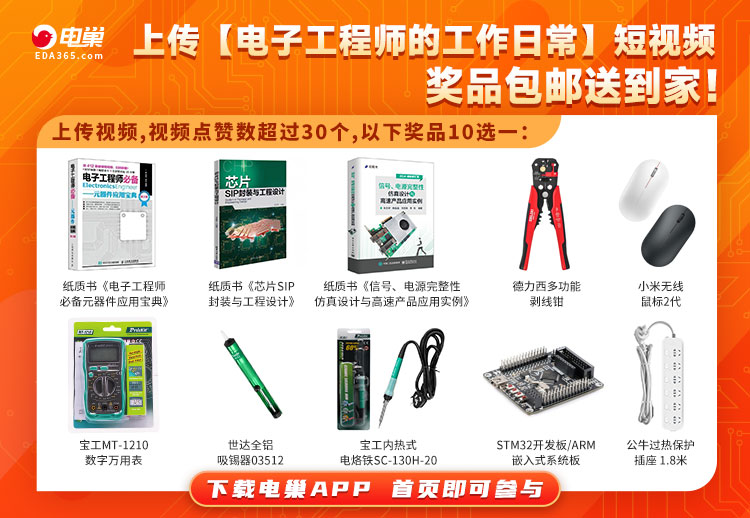SEE
SEE是single event effect的缩写。中文译为单粒子事件。
A single event effect (SEE) results from, as the term suggests,a single, energetic particle. The possibility of single-eventupsets was first postulated by Wallmark and Marcus in 1962.Thefirst actual satellite anomalies were reported by Binder et al. in 1975.Some of the early pioneering work was by May and Woods, whoinvestigated alpha-particle-induced soft errors. In their work thesource of alpha particles was not from space but rather from thenatural decay of trace (ppm) concentrations of uranium andthorium present in integrated circuit packaging materials.
Single event phenomena can be classified into three effects(in order of permanency):
Single event upset (soft error)
Single event latchup (soft or hard error)
Single event burnout (hard failure)
A single event effect (SEE) results from, as the term suggests,a single, energetic particle. The possibility of single-eventupsets was first postulated by Wallmark and Marcus in 1962.Thefirst actual satellite anomalies were reported by Binder et al. in 1975.Some of the early pioneering work was by May and Woods, whoinvestigated alpha-particle-induced soft errors. In their work thesource of alpha particles was not from space but rather from thenatural decay of trace (ppm) concentrations of uranium andthorium present in integrated circuit packaging materials.
Single event phenomena can be classified into three effects(in order of permanency):
Single event upset (soft error)
Single event latchup (soft or hard error)
Single event burnout (hard failure)


 APP下载
APP下载 登录
登录


 相关数据
相关数据 被浏览次数
被浏览次数
 编辑次数
编辑次数


